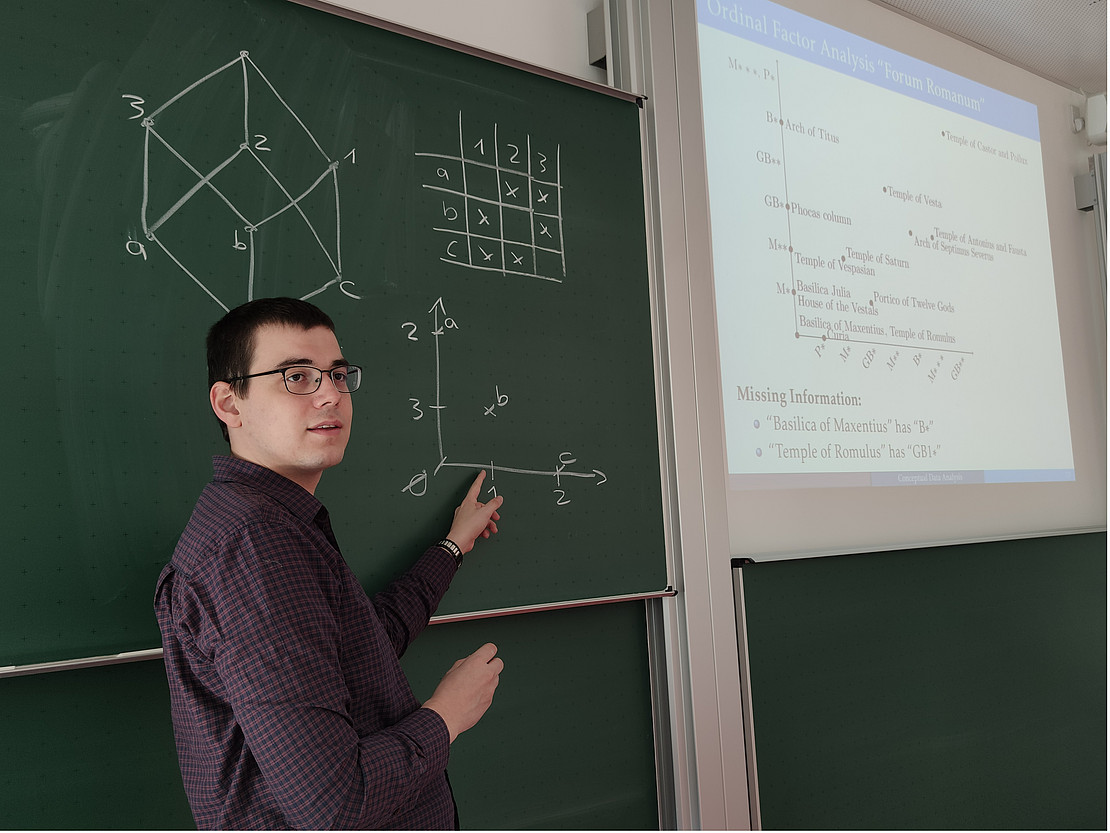This page contains automatically translated content.
Dominik Dürrschnabel: What drives me on
 Image: Dominik Dürrschnabel
Image: Dominik DürrschnabelStreaming services like Netflix and Amazon have now conquered living rooms. Whereas in the past the choice of movies on a movie night was limited by the DVD collection at home, today the selection of a movie alone can take longer than the movie itself. Ratings are one criterion for making a decision. The problem with this is that an action film, for example, is difficult to compare with a horrorfilm - apples are compared with oranges. So there are only the two criteria good and bad, which inmer depends on the personal taste of the individual. If this person is not a fan of horror, he or she will not rate any of these films good.
Another difficulty is the categorization into genres. If I search for an action film, I will be shown a large number of films of this type. Further criteria for a finer subdivision are often not offered. The result for the user: He still has to manually select a suitable movie from a long list.
Problems like these are the starting point for my dissertation of Ordinal Factor Analysis. I am writing the thesis atarea electronics / computer science with Prof. Dr. Gerd Stumme. By combining mathematics with computer science, my goal is to develop analysis methods so that these patterns are automatically recognized in data sets. For this I develop algorithms, which decompose the data sets atby means of these patterns. At the end, one could then navigate through the film database, for example, using several sliders to determine exactly how the desired film should look. The result is then the appropriate product, tailored to one's own wishes.
However, limiting this form of data analysis to streaming servicesdoes not go far enough. The method should be able to be used for all data sets that have the property that they contain different quality criteria. Another example comes from the world of routeplanning. Here a route can be faster despite a higher number of kilometersor it can pass a more interesting place. So you can use these methods everywhere where many different order criteria are available. It is precisely this aspect, that data can be evaluated differently in differentdimensions, that I find particularly exciting.
PROTOCOL Dennis Müller